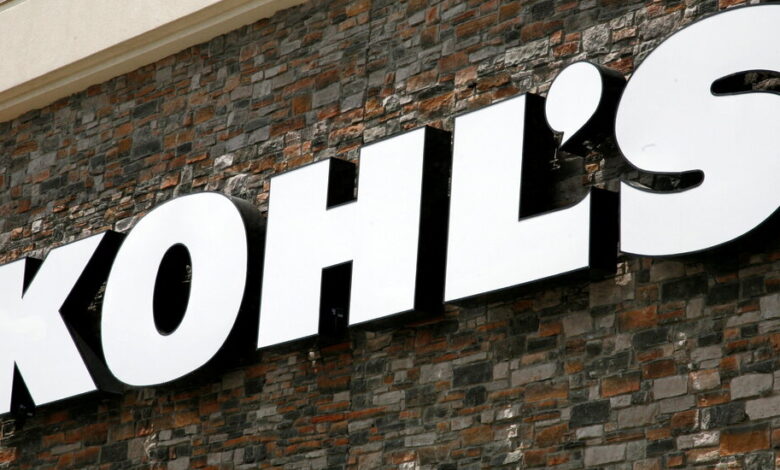In Search of Growth, Kohl’s Expands Sephora Shops to All Stores

Kohl’s said on Thursday that it planned to open Sephora shops in all of its 1,165 stores, positioning its beauty unit for growth.
By the end of the year, Sephoras will be in place at 600 Kohl’s locations. In 2023, the plan is to open 250 more. The Sephora spaces are 2,500-square-feet shop-in-shops stocked with the products one would find at a full-line Sephora store. Kohl’s sees the partnership generating $2 billion in annual sales by 2025.
Kohl’s announced its tie-up with Sephora in December 2020. At the time Sephora, a French multinational beauty retailer, wanted to re-establish a foothold in suburban areas, which it had gained in a previous arrangement with J.C. Penney. For Kohl’s, the partnership was a way to introduce more consumers to its brand, especially new and younger ones.
Kohl’s has been under pressure to improve its financial fortunes, and was pushed to sell itself by some activist investors. It fielded takeover bids this year, and entered negotiations with Franchise Group, owner of The Vitamin Shoppe. Kohl’s terminated the talks in July, “in light of the current financing and retail environment, which has significantly deteriorated since the beginning of the process,” it said. The chain’s shares are down more than 30 percent this year.
Beauty has been a mainstay category for shoppers throughout the pandemic and retailers are looking for ways to bolster their personal care offerings. In February, Target said it was adding 250 more Ulta Beauty shops within its locations. The retailer said it planned to open at least 800 in total.
In interviews, Jean-André Rougeot, the chief executive of Sephora Americas, and Michelle Gass, Kohl’s chief executive, said that their hopes were playing out and that Kohl’s was gaining market share in the beauty business.
The first 200 Kohl’s stores that have opened a Sephora shop-in-shop are seeing a sales lift in the high-single-digit-percent range relative to the Kohl’s stores that don’t feature a Sephora, Ms. Gass said. About half of Sephora transactions in Kohl’s stores included Kohl’s merchandise.
Mr. Rougeot said that one million Kohl’s shoppers signed up for Sephora’s V.I.P. loyalty program within the first year of the partnership. He said some customers who had stopped shopping at Sephora had resumed by way of Kohl’s, attributing their return to the convenience of the department store locations.
Kohl’s has invested heavily in the partnership. More than half of Kohl’s capital spending this year is directed toward constructing the Sephora locations and remodeling the stores that feature them, Ms. Gass said. Sephora’s name sits alongside Kohl’s on the outside of the buildings and the shop-in-shop is usually at the front of the store. Kohl’s, which has a partnership with Amazon that allows customers to return Amazon products at Kohl’s locations, will now advertise Sephora at those return counters.
The tie-up has increased Kohl’s online sales for Sephora products, too. “We think we’re in a bit of a snowball effect,” Mr. Rougeot said.
Kohl’s reported quarterly earnings on Thursday that showed an 8.5 percent fall in sales, and it sharply lowered its outlook for revenue and profit for the year. Like other retailers, it has faced a glut of inventory as shoppers show signs of pulling back on discretionary spending as inflation remains high. On Thursday, it said it was working to reduce unwanted merchandise and lower expenses as demand wanes.
Kohl’s said that though there were signs consumers were pulling back on some items, it was still seeing strong demand for beauty and skin care products.
“From a Kohl’s perspective we’re seeing these very strong results despite these headwinds that customers are facing around inflation and the macro pressures,” Ms. Gass said. “We’re certainly feeling that in parts of our business, but certainly Sephora and beauty has proven to be very resilient.”